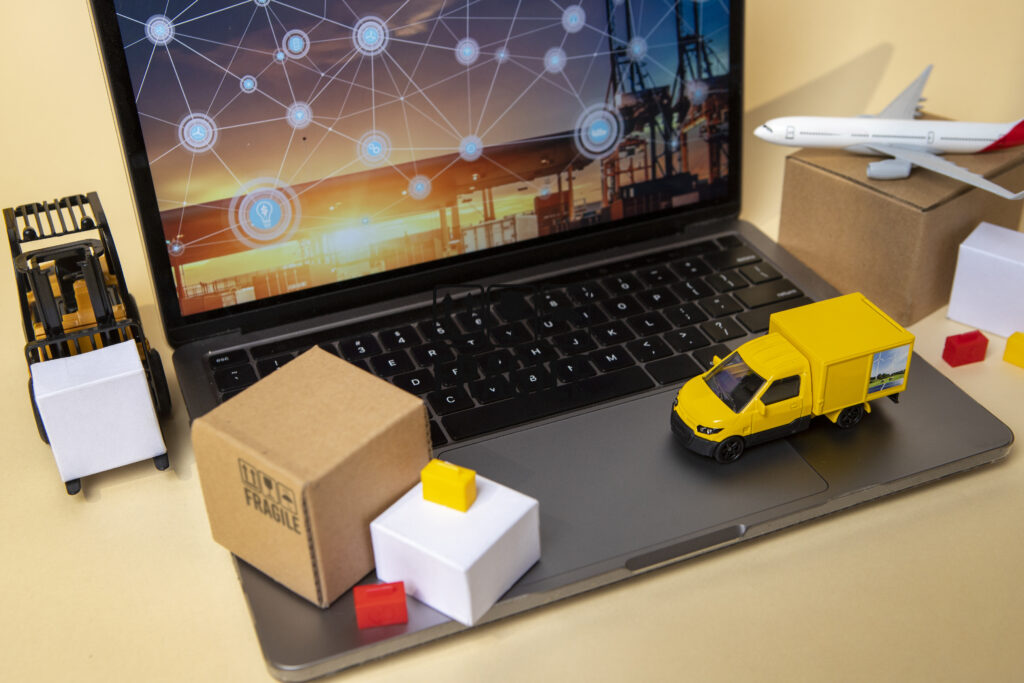
In the intricate dance of supply chain management, the three pillars of Third-Party Logistics (3PL) services stand tall, providing a robust foundation for businesses aiming for logistical excellence. Let’s delve into the core elements that constitute the backbone of 3PL services and how each pillar plays a pivotal role in shaping the logistics landscape.
1. Transportation Management:
Efficiency in Motion
In the fast-paced world of commerce, transportation management emerges as the first pillar, orchestrating a seamless symphony of logistics. This pillar encompasses optimal route planning, real-time tracking, and cost-effective shipping solutions. Businesses that harness the power of transportation management within 3PL services gain a competitive edge by ensuring timely deliveries, reducing costs, and enhancing overall supply chain visibility.
2. Warehousing and Distribution:
Where Precision Meets Storage
The second pillar, warehousing, and distribution, is the guardian of inventory precision and order fulfillment. State-of-the-art storage facilities, coupled with meticulous inventory management, ensure that businesses can meet customer demands with efficiency and accuracy. This pillar not only safeguards products but also plays a crucial role in minimizing lead times, maximizing storage space, and streamlining the distribution process.
3. Technology Integration:
Digital Symphony for Logistics Success
At the heart of 3PL services lies the third pillar—technology integration. Cutting-edge software, advanced data analytics, and seamless integration with existing business systems propel logistics into the digital era. This pillar empowers businesses to make informed decisions, enhance forecasting accuracy, and adapt swiftly to market changes. As technology continues to evolve, so does the potential for 3PL services to revolutionize supply chain management through smart, data-driven solutions.
Navigating Challenges:
While these pillars elevate logistics to new heights, challenges such as communication gaps and potential loss of control require careful consideration. Establishing robust communication channels with 3PL partners and selecting providers with a proven track record become critical steps in overcoming these challenges.
Future Frontiers:
Looking ahead, the pillars of 3PL services are set to evolve with technological advancements. Artificial Intelligence, the Internet of Things (IoT), and blockchain will usher in a new era of efficiency and transparency. Businesses that embrace these technologies within their logistics framework will not only optimize their current operations but also future-proof their supply chain strategies.
